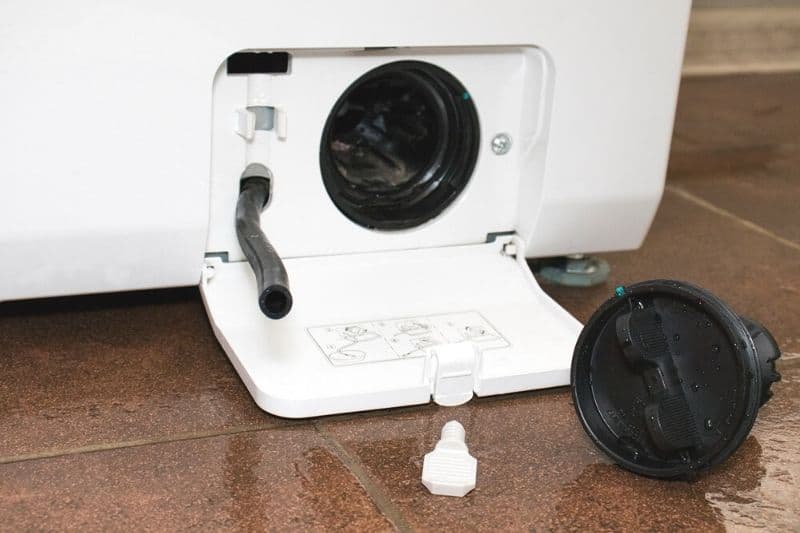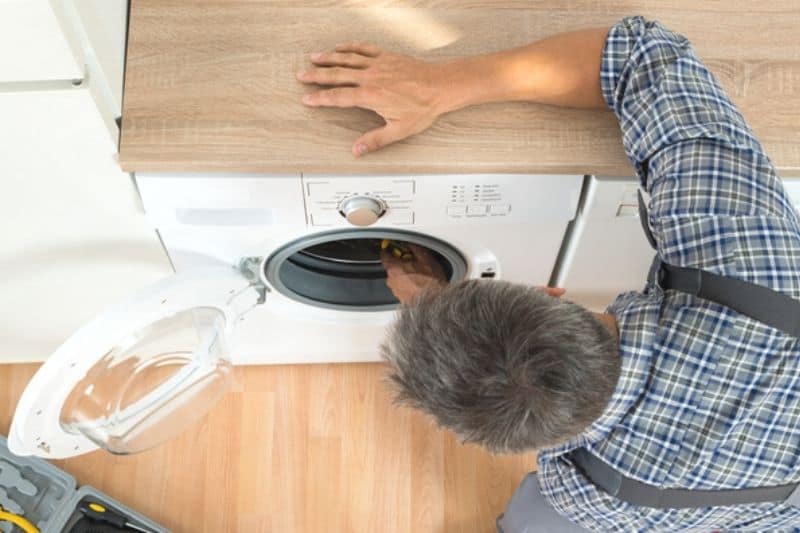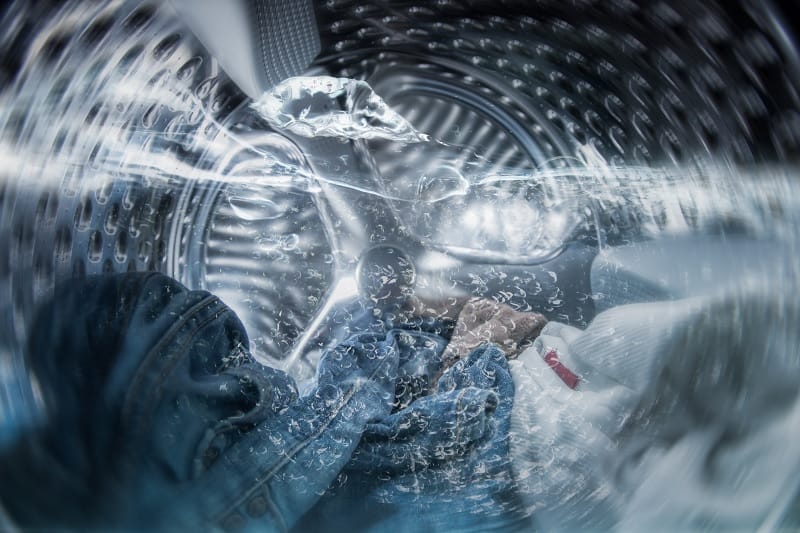In our homes, we rely on washing machines to keep our clothes, bedding and towels clean and smelling as fresh as possible. So when they decide to break on us, it can really cause problems. A common problem is a washing machine that doesn’t drain properly, leaving laundry soggy and perhaps even smelling a bit stale.
Not what you want for your favourite dress or work shirt which you need, like right now!
The good news is, if your washing machine isn’t draining properly, there are a number of troubleshooting methods you can try. However, if nothing seems to be working, it could be time to call the engineer out.
Your washing machine may have stopped mid-cycle and you can see that the water level hasn’t dropped, or you may be left with a little channel of water at the bottom of your drum. Either way, something is blocked and you need to find out what that is.
Safety First
Switch off your washing machine at the wall and unplug it – you don’t want any power surges while you’re dealing with water inside your machine.
Check the Pipes
There are a couple of pipes you should check for blockages which could be the reason for your washing machine not draining, these are usually behind your machine, so you will probably need to pull it out to get behind. Be careful doing this, as you don’t want to break any pipework connecting your machine to the water mains.
Turn off the cold water valve before taking any pipes apart.
IMPORTANT TIP: You will want to have a bucket or washing up bowl at hand to drain water into.
First, check inside the drainage hose which leads water from your machine into the waste pipe. If the water runs out easily and is clear and clean, this most likely isn’t a blockage in the hose.
Next, check the U-bend pipe for blockages. You can simply look down into the pipe to see if there’s anything immediately obvious in the pipe. Then place a tray or Tupperware underneath the U-bend before unscrewing the plastic nuts slowly. Water will start to run out and if it looks clear and there seem to be no blockages in the bend of the pipe, you can screw it back on.
If you find blockages in the hose or U-bend, remove these carefully, so as not to damage anything. Hopefully, this blockage was the cause for your undrained washing machine.
If not, there are a few more things to check.
Check Inside Your Machine
There are internal pipes and drainage systems inside of your machine which may need a check if there is still water sitting inside your drum after peeking behind.
Most washing machine models will have a panel at the bottom which can be removed to reveal a twist open cap for the drainage pump filter (usually on the right) and sometimes a small drainage pipe. If your machine has this small pipe, use a deep tray or washing up bowl to catch the water which will come from the pipe once you angle it downward.

If your machine doesn’t have this pipe, don’t worry. You can twist open the small cap and the water will just flow out from there – so make sure you have something underneath ready to catch all of this liquid!
Things that can often be found causing blockages in this washing machine drainage are:
- Coins
- Hair clips
- Hair
- Fluff
- Animal Fur
- General Grime
It’s important to check right to the back of the drainage pump filter as there could be something wedged in stopping the drainage propellor from spinning.
Once water is drained out from here, you should notice your washing machine drum is now empty too, so you can get back on with your washing schedule!
Make sure everything is screwed back in properly and the pipe and cover are replaced correctly before turning your water pump back on, plugging your machine back into the power again.
Still Not Draining?
If your machine still hasn’t drained properly or if the problem happens again straight away, you should call out an engineer to look deeper into the problem.
Thirty-something lady with a penchant for flowers and anything involving crafts. I like to clean using environmentally-friendly methods where possible and love sharing my findings, tips and tricks here on In The Wash!






